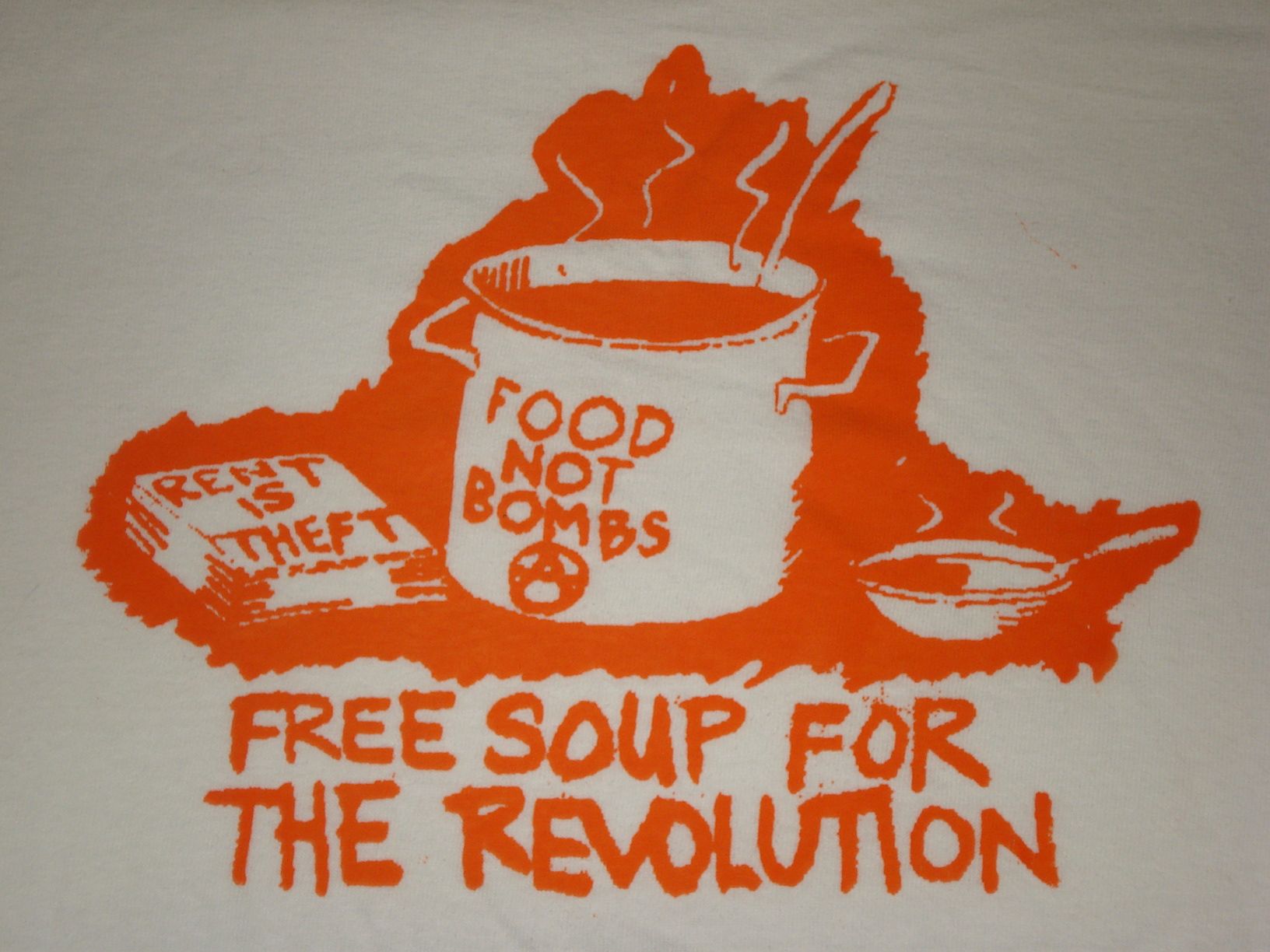“How can we attract more working class members?”
I’ve heard this question more times than I can count.
Everyone seems to agree on the ‘why’: to broaden our support, be more representative, enrich our proposals. But nobody has an answer for ‘how’.
So here are my thoughts on this so far. I’ll revisit this post and update as I have more input.
What does ‘working class’ actually mean?
Every time I type the phrase I feel awkward.
Its definition has shifted in recent years, and it sounds more condescending than it used to. And it means different things to different people.
For the sake of our discussion, let's narrow it down to:
- people without a college degree
- those employed in labor-intensive or low-skilled roles
- folks making ends meet but just barely
Things that, admittedly, most of the activists I work with are not (myself included).
By one estimate, this group represents on average 43% of each European country’s working population. They bear the full impact of events like economic crises, globalisation, automation. But also of the pandemic and climate change. And of the Establishment policy mistakes that inevitably follow.
Poll after poll shows that they feel alienated, unheard, left behind, unspoken for. And when they are given the chance, they show how bloody mad they — rightfully! — are about all this.
So with all the sweeping statements and biases you'll inevitably find here, let’s break down concrete steps to bring working class into your activist circle.
1. Pick a battle that affects them directly
Let’s start with the obvious. Don’t expect to recruit working class people to a generic, overarching progressive cause. Instead, pick a single-issue campaign that affects them directly.
They’re not looking for a new hobby or more internet chums. They need an easier, better life – now. So your pitch to them should draw a line from their participation to how they can benefit. Ideally in the short term.
2. Get to the point – fast
For the working class, every minute counts and time really is money.
So make your material — leaflets, web pages, anything — able to be quickly understood. See how it scores in the Flesch-Kincaid Index. Keep refining it until it scores 60 or above. Then clean it up with Hemingway.
3. Meet them where they are
Don't expect the working class to come looking for you online during their free time. If you want to appeal to them, get out into the real world.
Marco Marrone co-founded Riders Union Bologna, an innovative union for food delivery riders in Italy. He brought in the group's first members by leafletting in the streets. He explained it to me:
We were delivering leaflets in front of the main restaurants [where the workers were picking up their deliveries]. We went in there and said, listen do you know that, if you get injured, you do not have any support. That if you have an accident, no-one really cares about it. That if you go out and deliver in the rain and snow, you do not get any extra money for that.
Or hold an assembly in a strategic location, where people can drop in. (Here are some suggestions of how to structure the meeting. But ignore the invitation, and swap out Zoom for a bar, COVID permitting.)


Which image of 'activist work' do you think looks more inviting?
Lastly, you can also target people who are already active, and synchronise your cause with theirs. DiEM25's Communications Coordinator Lucas Febraro told me:
If you’re part of an organisation, inserting yourself into struggles that are already happening can go a long way and is surprisingly overlooked as a [member acquisition] strategy. By showing up to a strike or workers’ meeting, introducing yourself and saying “we’re here for you for whatever you need”, you’ve already built some rapport. And specifically with people who have already demonstrated a willingness to act.
4. Provide services to build trust
Remember working class people want — need — a better life now. And if you want them to volunteer with you, you’ll need to earn their trust.
Before Marco Marrone and his colleagues built up the membership of the organisation to critical mass, they established a mutual aid service – purely out of need. It had repair shops and emergency bikes that workers could use if theirs broke. Providing this immediate benefit helped members gain trust, before the union took any action to get better conditions for the riders.
So, be the change you’re trying to make by offering services. If you’re building a progressive school, give free lessons. If you’re fighting austerity, give people talks to explain the implications for them of the latest government decision. Play to your strengths.
(Of course, offering community services is also something done by the far right. That doesn’t make it ineffective activism however.)

5. Keep engagement easy and expected commitment low
Joining has to be as easy as possible. Marco Marrone asked only for workers’ email addresses in the beginning — no Slack signups, no membership portal registrations, just simple email. He told me:
We used email for the workers, because that seemed easiest for them. Workers had to send an email to us, and say ‘I’m interested in [being part of] Riders Union Bologna’, and we sent back a first package with some information about what rights they did and didn’t have.
Then, once Marrone's group had enough members, he organised a strike and asked workers to participate. This required them to notify their employer (the delivery service) that they were not available for work one evening.
Marrone didn't propose they get involved in a campaign strategy brainstorm or require them to self-organise. He made a simple request. He kept the expected commitment low.
6. Aim for quick wins
Workers need to have a sense of their own power [..] if they are to escape their present alienation. (source)
Every activist needs to feel they can change something. But this is doubly important for working class activists – who feel disempowered, and whose energy and time are expensive for them.
So choose objectives that can be achieved quickly. And whatever you win, make sure everyone knows about it.
Marrone’s strike, for example, had an immediate impact. He realised it was actually possible to challenge the delivery company for better conditions. And most importantly, the workers realised it too – and took their engagement to the next level.
7. Show your values
Some of the best data we have on working class attitudes and preferences comes from electoral polls. One recent finding is that for working class voters in the US, Democrats talk too much about policy, and not enough about values.
Let’s assume that for working class people being pitched by a cause, understanding someone’s values is at least as important as discovering what that person can do to improve their lives.
This suggests that going upfront with why you got involved in your cause is good to include in an initial conversation (or speech). As opposed to focusing only on the issue and your proposals to address it. Don't make it all about you, but tell them who you are and what you stand for.
8. Put forward the right people
It’s hardly a revelation that we connect better to those who are like us. And a recent study of US politics provides data for it: working-class voters prefer working-class candidates.
Alexandra Ocasio-Cortez's successful campaign for US Congress showed her experience as a waitress and proud member of the working class.
If you have working class credentials in your team, put them forward. Why is a working mother of four volunteering with you? Record her explaining it or ask her to speak at the next meeting. And for a local campaign, if they have local ties and roots, all the better.
9. Be mindful of how comfortable they are with exposure
Middle class activists will sometimes volunteer their time for a cause because they’re seeking professional or political advancement. In exchange for their hours, they can cite their work on their CV, or expand their network of contacts. It’s a transaction.
But for working class people, the opposite is often true. They can’t afford to lose the jobs they have, so will typically prefer to be discreet about their involvement with a cause.
Assure them that they can be anonymous until they waive their right to be.
10. Avoid 'woke' virtue signalling
Social justice issues are a large part of activist discourse today.
Yet data from the US suggests that the rhetorical excesses – virtue signalling – of so-called 'wokeness' are a middle class phenomenon. And that working class people are actually turned off by it.

Race, gender, and other identity issues are important causes. But flooding your message with 'woke' terms could do more to repel than to attract the working-class crowd you're aiming for.
Conclusion
It’s more work to attract working class people to your cause than letting your member acquisition run on autopilot. Which for many activist groups means 'target everyone and hope for the best'.
But consider this: you’re already appealing to people like you unconsciously – in all your material, in everything you communicate. So even if your cause isn't targeting working class people, it’s worth trying to experiment with how to broaden your support. The suggestions above are a starting point.



